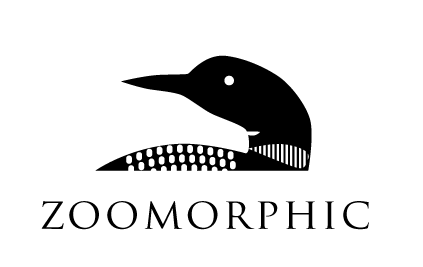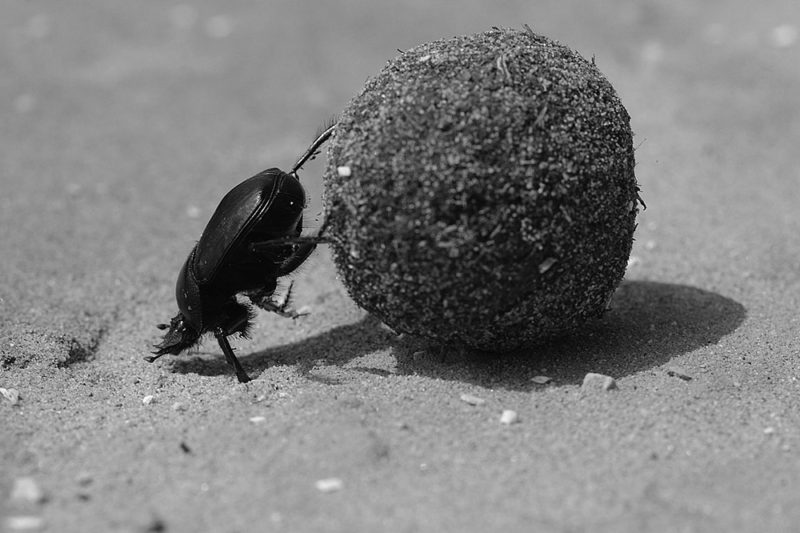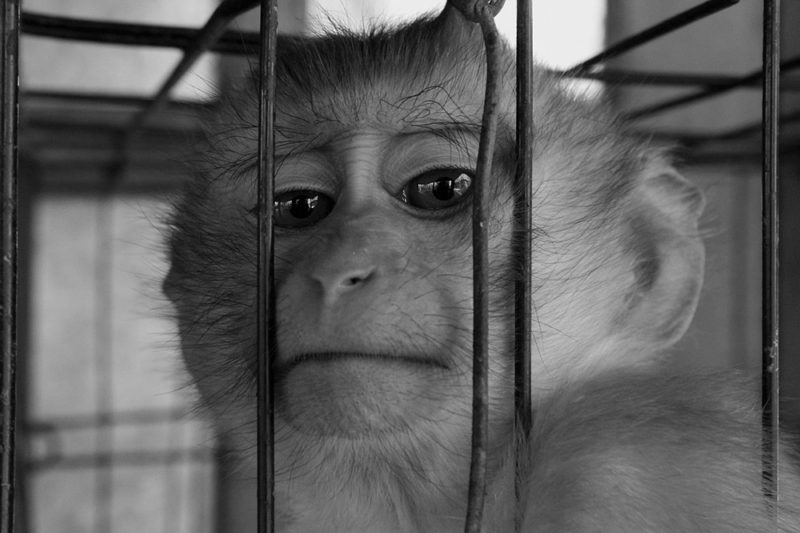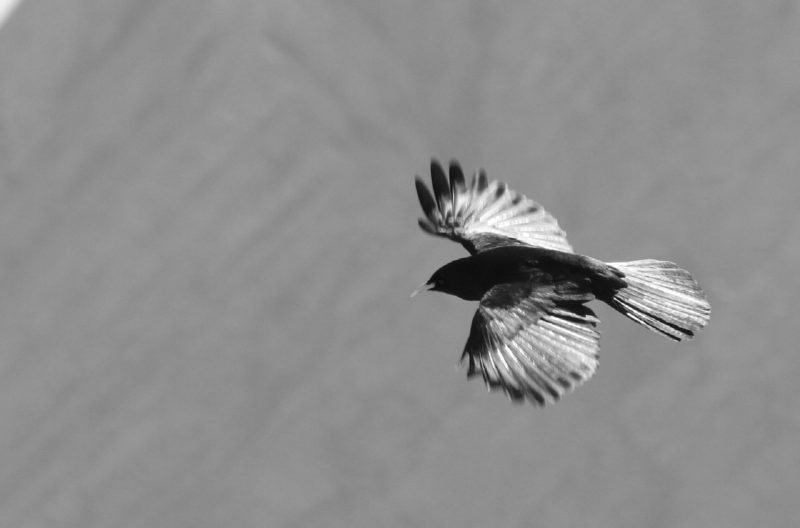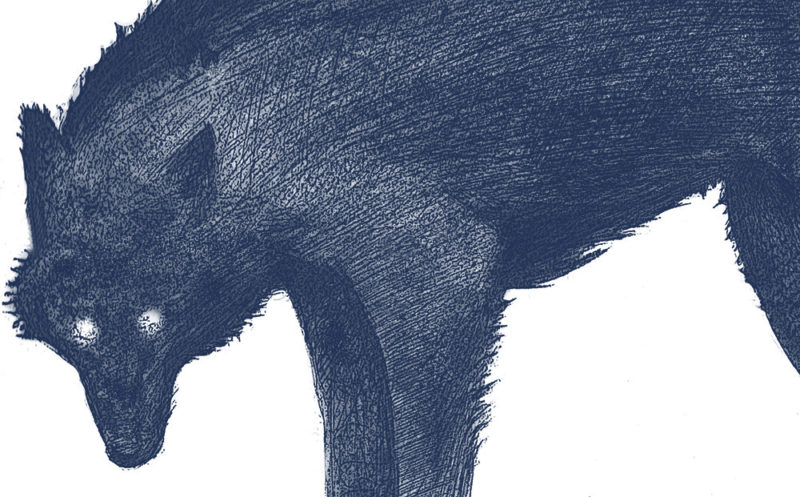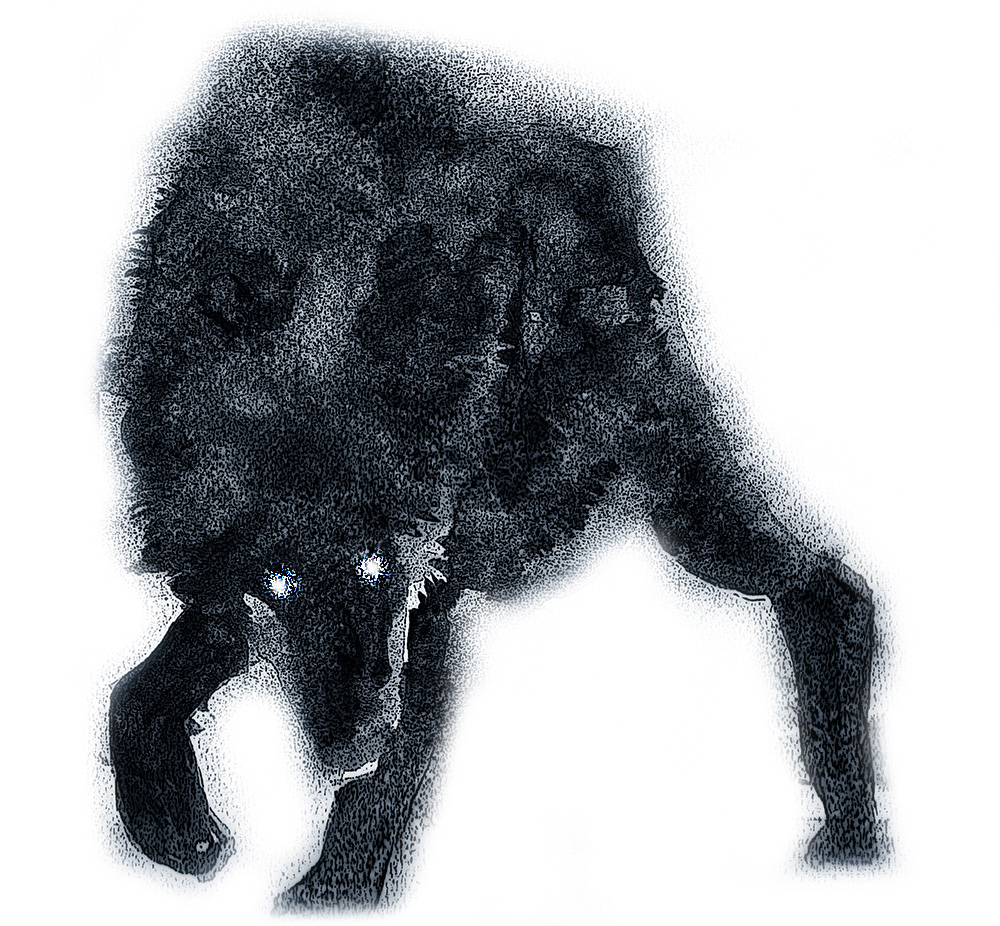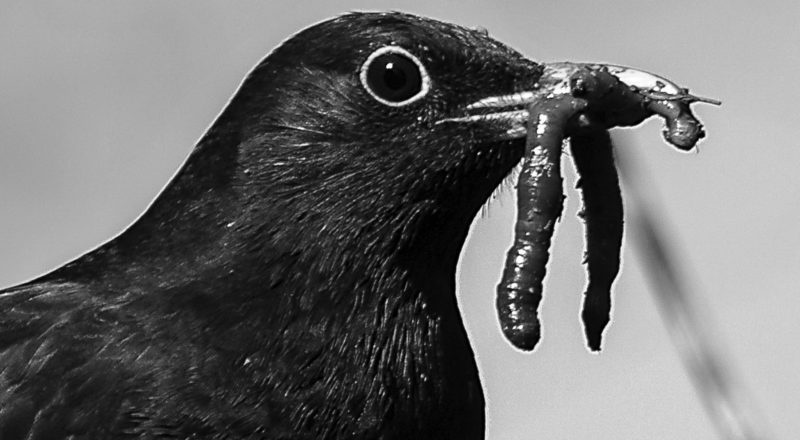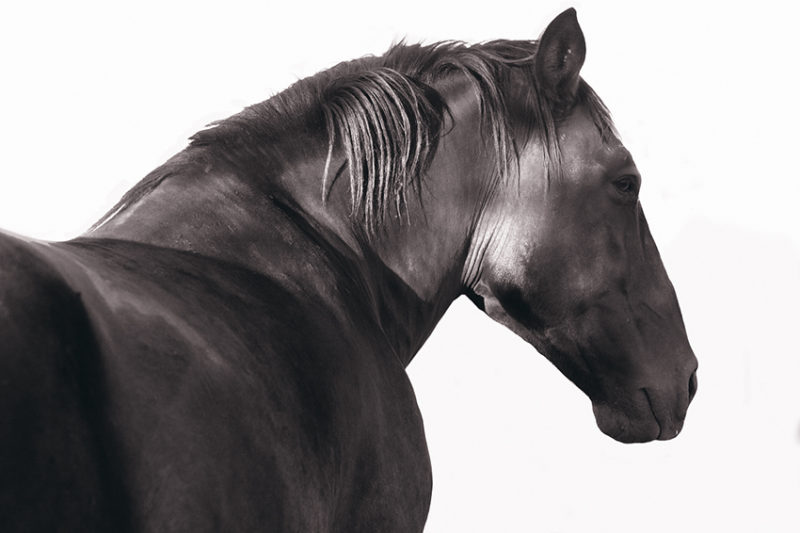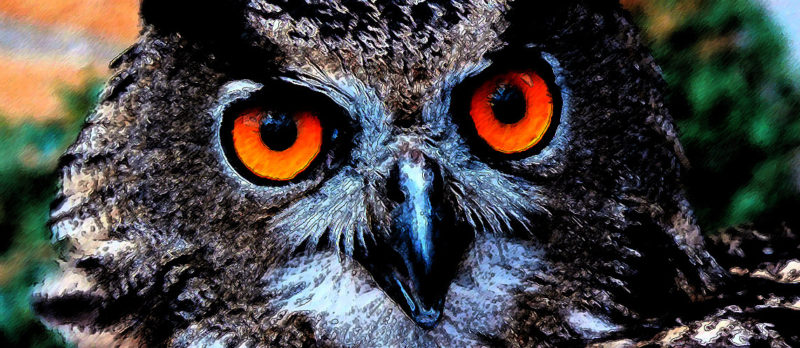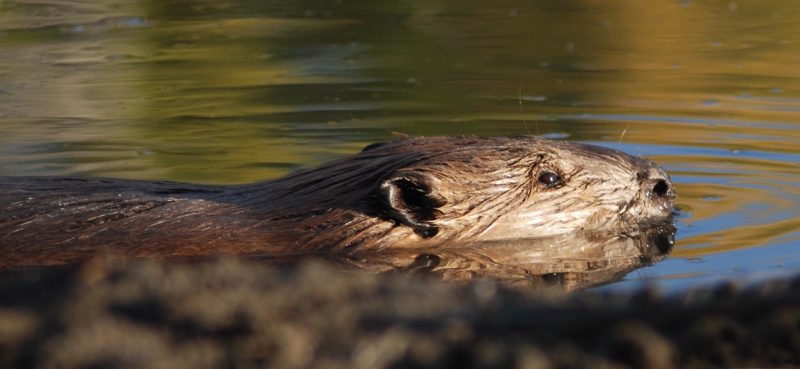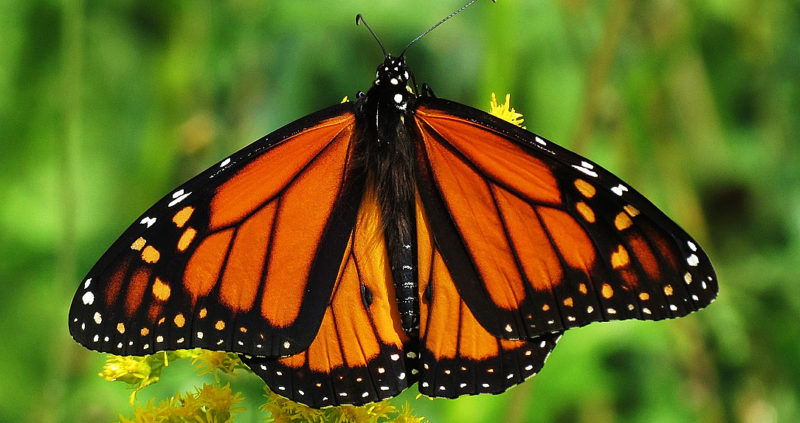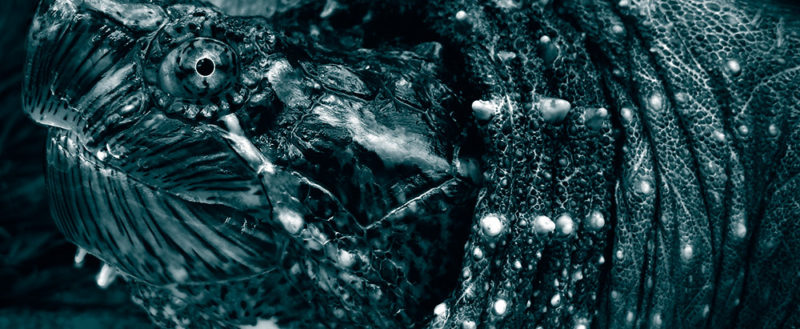by Ginny Battson.
Spring 2005, and I peer through my living room window to check the weather. It’s looking good, the sun is out. My husband has left for a day’s work at UMaine Orono, so I lower my baby girl into her papoose and strap her in. We are through the fly screen door and out onto the road.
The residential lots of leafy Gilbert Street are studded with blue and red flags, remnants from last winter’s political war that saw Republican oilmen G.W. Bush and Dick Cheney take charge of the Whitehouse for a second term. With Ben-dog on a long leash, we follow the battle flags west, casting purple shadows ahead of us. We walk past classic-style weatherboard homes and gas-guzzling SUVs slewn across hardstandings until we find the end of the road. Tarmac gives way to paper birch and alder and we greet the softer edge of the great American Eastern Deciduous Forest. It feels like a rite of passage.
In the human realm, I am entering The Orono Land Trust, a public/private non-profit organization, legally banding sections of post-logging and regenerating northern hardwood forest together for the purpose of wildlife protection and local enjoyment. This forest seems fairly tame compared to the great national parks of Maine like the Katahdin Woods or the rugged Mahoosuc Notch of the Appalachian Trail. But even here, surrounded by roads including the Interstate 95, I have seen fresh black bear scratches oozing sap from bark. It’s not like entering the woods back home in Wales.
Elbows in, we slip-slide down a wet path to the Johnny Mack Brook where olive reflections of a newly unfurled canopy merge with black and silver meltwater. Better still, this is the realm of Castor canadensis, the North American beaver, larger than their Eurasian counterpart, maybe up to 60lbs of large, brown rodent. And they dwell intensely here on the easy inclines of the Johnny Mack; signature gnawings, dams, lodges, mud ramps, and woody debris in droves. I long for my baby to see a wet nose or a rippling flank in the stream. But they are largely nocturnal, and we’re a little late in the morning.
As First Nationers shaped the North American landscape by a brush fire, up to some four hundred million beavers shaped it by water. But these eager river-keepers were almost obliterated in the 19th Century, not least by the huge British Hudson Bay Company. Armies of trappers were sent into the woods and onto plains, with a blood-lust for warm pelts to make felt hats and hard cash. And in killing the beaver, the outlanders changed the very nature of the land and wounded the culture of the indigenous peoples, in gun trade and disease. When only one hundred thousand beavers or so remained in Canadian territory, a new European fashion for silk hats ended the profit in beavers. Perhaps, if it were not for Grey Owl (Archie Belaney), and others who followed, ‘Ahmik’ would never have returned to its North American range and beyond. Yet, even today, beaver numbers are a fraction of what they used to be, with so much more habitat swallowed up by human development and agriculture. And still they are hunted and persecuted in some quarters.
I learn from rivers, as do the beavers. I spend time in and around them, observing and sensing. Two and a half thousand years ago, the ancient philosopher Heraclitus also wrote on the profound things he learned from rivers. In an age before science, he looked for guiding principles in nature. What he found in rivers was a permanence in a reality of apparent change. All is flux, a matrix of matter and movement. The river is an analogy for an elemental cosmos, yet materially effervescent. Rivers are also life systems ~ complex and dynamic.
Beavers, the river keepers, have evolved to be more than the sum of themselves. Beavers live in the life-flow, interrupt and send it in multiple directions. Known to ecologists as ‘keystone,’ First Nationers instead call them ‘sacred centres’ of the land. For they are whirling hubs of life-diffluence and life-confluence, integral to the flow just as mind cannot be separated from body. They are dam and bridge builders, storing water at times of plenty for times of drought. They sequester carbon by trapping it in fluvial muds that eventually become rich soils. They are coppicers; the trees they fell to feed upon and rear their young will regenerate, beaver-cuts catalysing a diversity of plant and animal life. They are also wildlife protectors ~ during winter, woody debris left trapped behind dams are buried beneath deep snow, and provide shelter for a host of smaller mammals and reptiles during the bitter cold. And then, when the northern hemisphere tips nearer to the Sun, melt water forms reservoirs and a rising water table, creating habitat for amphibians and a plethora of bird species, including waterfowl ~ wood duck and heron, migratory waders and passerines. New lentic deeps amongst woody debris provide fish fry safe passage to grow to adulthood. Majestic osprey take the adults. In lotic flows downstream, clouds of black fly larvae lay submerged, attached to substrate with silk, to emerge in spring and breed, then feed the bats that hunt on the wing above the beaver-cuts. The dams may eventually blow-out by flood, and the beavers will find new territory. Upstream, moose rear young on regenerating meadow grasses years after dams are abandoned. This really is rich habitat; the smell of river, wood and beaver is intoxicating.
If beavers could speak human, they may also say;
Into the same rivers we step and do not step, we are and are not. (Heraclitus Homericus B49a)
Heraclitus appeals to both human courage and sensibility ~ step into the rivers, into the cool and wet of rushing water, the flow of being. Just do it, and you shall be rewarded. We are agents of action. On the Johnny Mack, my little family and I look for beavers, as we smell the air and touch the cold waters of the stream. It’s life affirming.
I believe as we too are nature, we must recognise in ourselves a similar power for good, in that we may step into the flow, generating abundance and diversity within our one biosphere. But as with beavers, our impacts must be transient not permanent, of locale and the seasons. If we decide not to step into the flow, to remain without experience, then we deny ourselves the fullness of being. Our senses wake us to the world. Watch the beavers in their pure devotion to task, and you’ll understand.
More, step into the flow with that same devotion, and strengthen all life around us. We have exerted huge and irreversible pressures on this magnificent Earth, scavenging and parasitising by feeding from the produce of such sublime natural processes. We’ve broken ecological webs and warped the very climatic and nutrient cycles that sustain all. Nature responds to disturbance as evolutionary opportunity, but too much of a ‘hit’ and process may take hundreds of thousands of years to counter. The beaver and river exist now, intrinsically valuable, but, in union, a lesson for the human race.
Required is a critical mass of devotion, previously unknown in human history, as there are now more humans than ever before. Leaders still fixated with a ravenous desire for money and status need to be left behind. And part of this newly found devotion will also be to reduce our number, decolonising just a little, for our animal-kin to flourish a little more.
Beavers are sometimes food for other species. Black bears and coyotes prey on adults. The spectacular Great Horned Owl will rear her young in an old great blue heron nest, and a beaver kit may well end up in their devoted beaks. The beavers’ sacrifice, unlike our own Western death, is more obviously complete. This devotion, the love for life and living, is a force without which there’d be no life. It is ancient ~ a form of love so powerful as to energise evolution. I imagine the story lies deep in the earliest records of life, somewhere, tucked away perhaps, in stromatolites, which supplied Earth with no less than oxygen itself. Colossal devotion must have existed in the face of all hostility and, as a metabolising strength, within and between us now, and of all living beings into the future. As we move into increasingly turbulent times, the union of the beaver and the river is a devotion of incalculable value, a love, I suggest, worthy of the deepest respect.
Perhaps what also set Heraclitus apart from early Western predecessors was his view that the Logos, the principle of order and knowledge, is within us all. We are part of nature and subject to its fluidity. We are a unity of forces in flux. If we recognise our potential, we all morph into type. We can become beaver people, positively distributing and strengthening the flow of life beyond the sum of ourselves. I expect the Panawahpskek peoples of Maine and to the North always knew it. The patterns of life and cosmic order are dynamic, not uniform, the perfection of imperfection generating even more diversity.
So to my own eco-philosophy, that has riparian roots drawing sustenance from a small Maine river. It is one acknowledging both the intrinsic value of all living beings, including humans, and their contribution to infinite and dynamic process. Existence and flow cannot be separated. I perceive flow, to and from all dimensions, including ones we are yet to fully comprehend. The complexity is endless, the minutiae beautiful. There are diatoms and microbes by the million in the Johnny Mack. They are a basic foundation of life, part of the long chains of living process across space and time, but we cannot see them with our eyes. Can we ever know everything? It need not matter. So, I introduce the word Fluminism: an interconnected narrative of a dynamic universe; there is flow to and from all dimensions, including ones we are yet to understand. The complexity is endless, the minutiae beautiful.
The next step, being a Fluminist, means ethical consequences of my actions are good, in that they are of parity with a biosphere conducive to the flourishing of intrinsically valuable, existential life. Beavers may disrupt hydrological flow for their basic needs, stalling it as it travels from mountains to ocean. But in doing so, they accelerate the distribution of flow in multiple and complex directions. A closed system opens. Entropy shifts to enthalpy and the consequences can be sensed, measured and celebrated across space-time. We, as agents, are able to protect and perpetuate the flow, coming from that same deep devotion, as in the beavers ~ beavers are Fluminists.
From the niche desires of flourishing individuals, beavers, engaging in what they do best, I see their agency as a distinct form of love ~ innate of themselves, through and to other living beings. From within to without, there is no separation. Love has had a tough time. It’s hounded as weak, ephemeral and sentimental. But truest love is also a doing word, a vital emotional signal to act on what matters most to us all. One describes Fluminism as an energetic force, not only towards the biosphere and non-human life but towards each other. In consequence, we may see the kind of society forming envisioned by the political theorist, communalist and libertarian anarchist, Murray Bookchin. I will leave the political ecology largely aside for now, but Fluminism, I see as key relevance to shaping a society un-reliant on the disconnection of state and citizen we see today. It grants empowerment of everyone via personal, local and communal responsibility for all life. Environmental ethics must now be fluministic (love/flows) to help unblock those barriers that are so un-beaverlike that they persist in depauperating, not enriching, the biosphere.
Fast forward to January 2017, and the Northeast Climate Science Center (NECSC) at the University of Massachusetts Amherst publish research predicting temperatures across the northeastern United States will increase much faster than the global average. The average annual temperature in both Maine and Vermont rose by 2.5 degrees, roughly double the average warming of the rest of the nation. The Paris Agreement on climate change aims to curb emissions in order to limit global average temperature increases to 2 degrees Celsius by the year 2100, but in Maine, they will be reached about 20 years earlier. Sadly, despite the experts’ findings, the current elected President refuses to partake in the accord, so poor is his understanding of our biosphere. And so much for America First. The anti-fluminists have left a legacy of world chaos and strange, paradoxical darkness looms where gas flares still burn.
The further north, the bigger the climatic disparity. As Arctic sea ice melts, the darker ocean warms by absorbing more sunlight, further melting ice and emitting heat to disrupt and stall the jet stream. This creates longer, more extreme weather events and shifts the geographical pattern of cold and warm air fronts. 2016 – 2017 has seen the highest winter temperatures on record in the Arctic Basin, with the least number of accumulated freezing days. No-one is entirely certain what comes next, especially as the global control of total emissions is still in some doubt. But more extreme weather events are predicted and the oceans are rising and thermally expanding much faster than expected. We are now witnessing rapid change. What was once Arctic tundra is now hosting early woodland succession, and increased humidity and precipitation in the form of snow means soils are warmer than they would otherwise be, activating the microbes that break down carbon as it unlocks itself from melting permafrost. Whole biomes are on the move. Where willow saplings take root, the beavers will naturally follow. They are creating biodiverse wetlands in new terrain, whilst tundra species are increasingly marginalised. Observations are now recorded of beavers reaching as far north as the Babbage River on the coastal plains of the Beaufort Sea, Yukon Territory, never seen before in human memory.
Aquatic wetland is a major natural source of methane and nitrous oxide emissions into the atmosphere, and in beaver habitats, microbes will break down the organic matter trapped above their constructions. But in creating wetland and higher water tables, beavers are also preventing soil erosion, storing water during times of drought, and sequestering carbon-rich woody debris buried in boggy meadows by as much as 23% of total soils. Beavers have been busy at work for millennia under a relatively stable climate. It is human industrialisation, development and emissions that have caused the tipping points we see today. Biospheric flows have dampened to an alarming extent. Life on Earth is trying to adapt, of course, though it is so often blocked by more soil sealing, more fragmentation of habitats and increased fires and floods.
Maine is deeply cold in winter, steel-frost and snow-bound, some nights temperatures dropping to way below -35 Celsius. But spring is short, maybe two or three weeks before breaking through to the sultry summers of the continental east, and ecological emanation happens in such a short period. Rising temperatures bring spring earlier ~ the further north one travels, the more extreme. And there are now serious phenological mismatches in delicately balanced food chains. So much so, the US National Park Service is now having to redefine management programmes such as citizen science counts of migratory raptors, and funding longer seasons in tackling invasive species. Back in 2004, the Republican Bush/Cheney partnership with Oil and Gas strengthened at the White House. Nearly $400 million was spent on lobbying federal government, and millions more were passed in donations to federal candidates and political action committees. The support received, by return, came in droves ~ tax breaks, environmental exemptions and deregulation, international facilitation and direct subsidies. We’ve seen a greater proportion of greenhouse gases emitted into the atmosphere as a consequence. Those oil men are culpable for disrupting the very essence of life on this Earth, dynamic process, the flow. But no-one claims responsibility.
A relatively large proportion of Maine’s species, 37%, are highly vulnerable to climate change, particularly plants, fungi, lichens and mammals. Alpine, high elevation forest, and peatland habitats are most at risk. Thankfully, the vertebrate species pool is dominated by adaptable generalists, and a high percentage of forest cover also offers resilience. But even in Maine, suitable areas for species and habitats moving from the southern New England and Mid-Atlantic states must now be accommodated, whilst planning partnerships formed with the neighbouring Canadian provinces for a similar northward movement.
Despite a laceration of roads and other human pressures, nearly a thousand acres of conservation easement have been connected by the OLT. Such conservation easements, “running with the land” in perpetuity, are a significant form of nature-protection in the US and are mapped at the National Conservation Easement Database. Certain property rights are voluntarily restricted for the purpose of nature conservation and sometimes in exchange for tax breaks. Specific objectives can be agreed by stakeholders and subdivision for human development is prevented. All the while, sustainable agriculture and forestry may continue, but emphasis veers towards shared benefits, for humans and non-humans alike. I was enlightened by the passion and generosity of those involved, the action of those who love life. The connectivity and place for species movement is vital to address the shortcomings of those who would ignore their own life support system and will not take responsibility for their actions. Scientists are mapping migration routes plus working to predict and map climate refugia zones (local anomalies in climate), providing hope for ailing ecosystems and some resilience for species. And universities, institutes and The National Parks Service are offering land owners access to free advice, despite failed political leadership. There is hope. And there is love. To a great extent, this is evidence of Fluminism in action.
Later on that same spring day, in 2005, my daughter and I are again criss-crossing the OLT footpaths.We’ve seen porcupines very busy at dusk, with attack-tails ready to swipe and launch a fateful of quills should a fisher attack. Ben has suffered himself, more than once, each time ending in a trip to the vet in Veazie. So we’ve left him at home this time. From another little foot-bridge over the brook, serenaded by an ecophony of river, we gaze across the water and there are still no beavers willing to reveal themselves. I look deep into slit-vistas between lichen encrusted white pine and red spruce, glimpsing a luminous white tail of a white-tailed deer under hemlock. Before now, we’ve seen eastern coyotes, apparitional in dapple light. I know there are bobcats, but I never see them, but the chipmunks are a treat and my baby daughter smiles when they chatter angrily as we pass. We navigate north by fallen white pines, and other natural landmarks on the trail now stored in my memory. We’re on our way to Rampe’s Lot, a key part of the OLT.
The Rampe’s live a generous life working in public and private health care, and they are good to us. They love wild things and so contributed to the OLT with a good tract of regenerating forest. It was Nancy who first showed me the special vernal pools, liquid light mirroring the skies amidst the bryophytes, and the flutterings of re-introduced wild turkeys as they disappeared from view. Considering their small size, these wet depressions in the forest floor, left by blocks of melting ice abandoned during the grand retreat of ice-age glaciation, also host a huge array of species. Snow melts and lingers in these depressions for a while, often stained red with springtails. And because they don’t host fish, they are hotbeds for invertebrate life, particularly as breeding sites for amphibians like the blue-spotted salamander and wood frog. Soon the reptiles are drawn in. Then the wild turkeys and racoons will come. And so, up through the trophic cascade until those glorious great horned owls and bobcats come to prowl.
The state of Maine registers the vernal pools as Significant Wildlife Habitat zones, legally protecting them from destruction and development. Yet some landowners may not even realise the conservation significance of them on their land. Thanks to the dedication of academics like A.J. Calhoun and citizens like Nancy Rampe, knowledge sharing via community outreach informs better decision making at local government level. UMaine’s Department of Wildlife Ecology is contributing to the Vernal Pool Mapping and Assessment Program, locating sites and researching the importance of juvenile dispersal and habitat connectivity for successful amphibian adulthood. But with climate changing so rapidly, the vernal pools may well disappear. Increased winds, tree blowdown and the risk of forest fire all stage a real threat. Research by the State University of New York, Syracuse shows beavers may well be providing key wetland refugia for, at least, some of these species. As most wood frogs breed only once in their lifetimes, a prolonged drought resulting in no production from vernal pools may well necessitate recolonization by dispersers from beaver ponds. Spotted salamanders are longer-lived, breeding several times, lowering risk of local extinctions during drought. Further studies may well reveal closer ties but I expect the elders of the Penobscot Nation have an understanding of these patterns.
As we are seeing, it is no longer a question of conserving one species over another, the usual triage of charity towards wild non-human life. We need to protect the interconnectedness of all, and each one of us, with all our varied interests and lines of work, can participate. We need Fluminists, like Nancy and the researchers at Umaine, who love these species and habitats, and understand the dynamism of all the interconnections which constitute life. And we need them to mentor others. The flow is sent in multiple directions, with abundance and biodiversity in tow.
By example, allowing primary and secondary succession, along with the planting of indigenous vegetation, we can encourage life to flourish in individual yet interconnected self-willed patterns. To actively prevent by soil-sealing (e.g., concreting), is the opposite. We can assess empirically the abundance and biodiversity of our own practices, celebrate successes and learn from our mistakes. So many have forgotten the beauty of observing and participating in such local, natural processes. Human contentment and happiness may spring from living an interconnected and more coexistent life. Vitally, the cultivation of land for food will no longer be a threat, but an opportunity to nurture the dynamic flows of non-human life alongside what we do, like the sacred centres ~ the beavers. From shop keeping to health care provision, from clothes production to local planning, everyone can take part, or stand in for those who simply cannot through no fault of their own. Fluminism is egalitarian.
Long-term or permanent breaks in the flow are anti-Fluministic, and the accumulation of many breaks, or stops, becomes detrimental to the existence of life in the form of tipping points. Examples are tragically many, generated largely within the sphere of unsustainable human development, anthropogenic climate change, pesticide use, socio-political and economic doctrines promoting unlimited growth and inequality. However, there may be pauses in flow that remain Fluministic, in that they may appear to prevent flow, such as ‘natural disasters,’ but are only temporary or cyclical (e.g., volcanism), in time and space.
Fluministic love drives action from within to without and, no doubt, there are positive effects and affects that will return to the self. But it is the local communality where real strength is to be found, strengths expended in a multiplicity of ways across cultures, regions, terrestrial and oceanic biomes, in science and the humanities. Some may commune with a collective consciousness in all, a spiritual interconnection ~ Indra’s web in constant flux. And indigenous peoples with local, endemic knowledge and philosophy will bring much to collective understanding. Opportunities exist all over the world, in the critical formation of corridors and pathways that allow for continuous flow of species to survive, adapt and move, and in traditional and transformed practices such as permaculture, satoyama and satoumi. By placing Fluminism at the centre of decision-making, many new ways of sharing our biosphere viably with humans and non-humans may arise.
In the reductionist scientific world, and in an over-emphatic obsession with limiting cognitive bias, love has been rejected all too often as excessively romantic and sentimental. But science itself has evidentially recognised that moral judgments and ethical actions cannot be devoid of emotion. Rationality and emotion are evolutionarily conjoined, and with good purpose. Emotions need to be recognised in order to take action. To deny that the primary emotion of love exists is to deny its huge potential, a love for life, for our young, and their young, for a sense of place and life all around us. Eros lives, and thank goodness for that. Of course, there’s competition. And conflict. There is even death. But such antagonisms are no less parts of the interconnectedness of all, in the flows of the elements, of water, geology, relationships, companionship, lust, reproduction, time, tides, place, trophic cascades, air, dynamism, weather, music, biodiversity, universes, entropy and enthalpy.
There are many more fluministic species, mutualisms and cause-effect processes that offer us knowledge and hope as we aim to exit the Anthropocene epoch into the Symbiocene. The Pacific Salmon Forest is a beautiful example (true beauty shines in those dynamic interconnections). There are human Fluminists, like the Rampe’s, the people behind the Orono Land Trust, The Penobscot Nation, and those at the Department of Wildlife Ecology at UMaine. And community programmes like the Great Eastern Ranges Initiative of New South Wales and the work of the Kenya Land Conservation Trust ~ the contribution and responsibilities volunteered are Fluminism in action, the legalities being just one means to that end.
Back to the Maine woods, and it’s getting late. I’m a little bit edgy because the light is falling. As I hurry back with my baby over the bridge towards Gilbert, we hear the slap of a scaly, flat tail hitting the water ~ splash. I stop and turn us around to follow the sound. My eyes adjust to the watery scene. And there is the beaver, Fluminist, swimming, with a wet, brown head visible for a moment and shiny eyes, before diving beneath the inky reflections of a darkening sky. She’s warning others we are here. Though we’d never harm her, others might. I feel at peace knowing she is here, knowing she has a rich intrinsically valuable life, full of love for this world in the river she understands so intimately. I point her out to my baby who instinctively feels both the joy and excitement. Formative moments, for sure. There is so much yet to learn from Ahmik, Fluminist, and I walk us home full of awe and gratitude.
Ginny Battson is a writer, environmental ethicist and professional photographer, with a lifelong love of wildlife, woods and watery habitats. An eco-linguist, she also creates and explores neologisms and concepts needed to understand and improve human-nature relationships. She enjoys wading, observing and walking with her canine companion, Ben. She contributed to the Seasons Anthologies (2016) published by Elliott & Thompson, and has written for Earthlines, Resurgence and Ecologist, NearbyWild and the Wildlife Trusts. She’s currently writing a book entitled The Love Biome: ecology and affection. She has lived in the United States and New Zealand before returning to Wales. You may also find her @ginbat & @seasonalight on Twitter and her blog is at seasonalight.com
